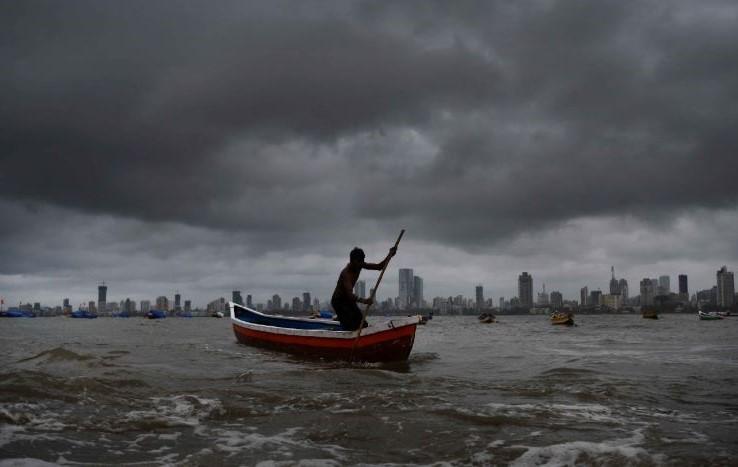The monsoon season refuses to end in India. Its withdrawal, which usually begins by September 17, is expected to be delayed, according to the India Meteorological Department (IMD). The IMD said rainfall in September is already 27% more than average for this month. The season recovered significantly this month after recording a 9% deficit in August, which has now narrowed down to 3%. While such delays aren’t unusual–it began withdrawing on October 9 last year–the erratic nature of the season in the past few years has been linked to climate change.
The IMD predicted heavy rainfall in the state of Odisha from September 26 onwards, and has issued a yellow alert for 12 of its districts. This year’s monsoon season is set to become the second-wettest ever in Delhi. The region recorded its highest rainfall for September in 77 years. Kolkata, meanwhile, recorded the highest September rainfall in the past 13 years.
Climate crisis likely to displace 216 million people by 2050: World Bank
A new World Bank report estimated the climate crisis is likely to force 216 million people to migrate within their countries in six major regions of the world by 2050. The study predicted these hotspots are likely to emerge by 2030 and intensify in the two decades thereafter. Immediate action to cut down on emissions and conquer the challenge of green development, however, could reduce the scale of climate migration by as much as 80%, the Groundswell report stated.
This is the second Groundswell report released by the World Bank on the climate migration crisis. The previous one, released in 2018, included projections and analysis for Sub-Saharan Africa, South Asia, and Latin America. The updated report includes three more regions–East Asia and the Pacific, North Africa, and Eastern Europe and Central Asia–and provides a global perspective on the potential scale of internal climate migration. The report does not include high-income regions such as Europe and North America.
Global warming likely to force North Atlantic jet streams northwards, triggering extreme weather by 2060s
The North Atlantic jet streams are likely to change course northwards if global warming is left unabated, according to scientists. The study, published in the journal PNAS, stated this could drastically impact weather on both sides of the Atlantic, lead to droughts and floods, and push the weather to extremes by the 2060s.
The researchers dug boreholes to collect ice samples from 50 sites across the Greenland ice sheet. These samples helped them reconstruct and retrace the windiness of the North Atlantic as far back as the eighth century. They found that during the 1374 famine in the Liberian peninsula, the jet streams were far north. They also linked changes in the jet stream with the British Isles and Ireland famines in 1728 and 1740. According to the scientists, continued warming is likely to once again change the course of the jet streams.
Planting trees unlikely to improve forest cover, benefit locals financially: Study
A new study added to the growing criticism of the practice of afforestation as a method to increase forest cover. The study concluded that planting of trees on a large scale does not increase forest cover or benefit the livelihoods of locals. The study by researchers from Florida State University, University of Chicago, and the Centre for Ecology Development and Research, Dehradun focused on large-scale plantations in the Kangra area of Himachal Pradesh that began in 1965.
It used satellite imagery to observe forest canopy cover and forest composition. In plantation areas classified as having more than 40% tree canopy density, the study found no increase after establishment of new plantations. In fact, the study found, this density did not improve even after the new plantations matured, say 20 years later. After conducting household surveys in the area, the study found the tree planting provided no financial benefits to locals largely because of the nature of species that were planted.
Scientists report “larger than usual” ozone layer
The hole in the ozone layer this year is larger than Antarctica, according to scientists working with Copernicus Atmosphere Monitoring Service, which is in-charge of monitoring the hole. They said the 2021 gap is among the 25% largest on record since 1979. Last year’s ozone hole was also similarly large, peaking at a size that was three times the size of the continental US. The hole usually peaks between September and October.
About The Author
You may also like
Can Private Players Reinvent India’s Forecasting Future?
Polar Geoengineering Projects Unlikely to Stop Melting, May Harm Ecosystem: Report
Inside India’s Struggle to Build a Reliable Early Warning System
Parked Vehicles Significantly Intensify Urban Warming: Report
Quarter of Pledged Emission Cuts at Risk Due to Lack of land-use finance: Report

